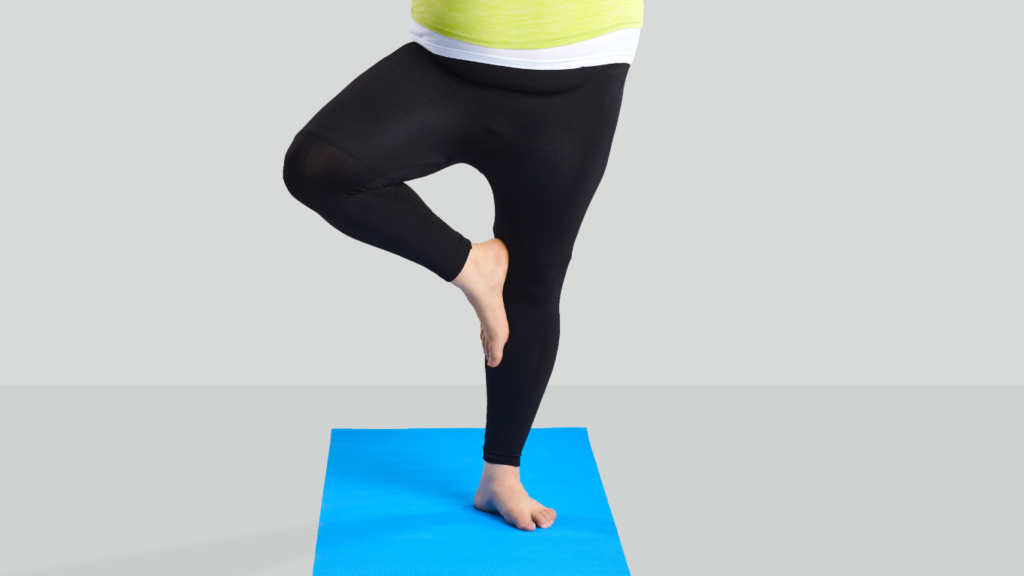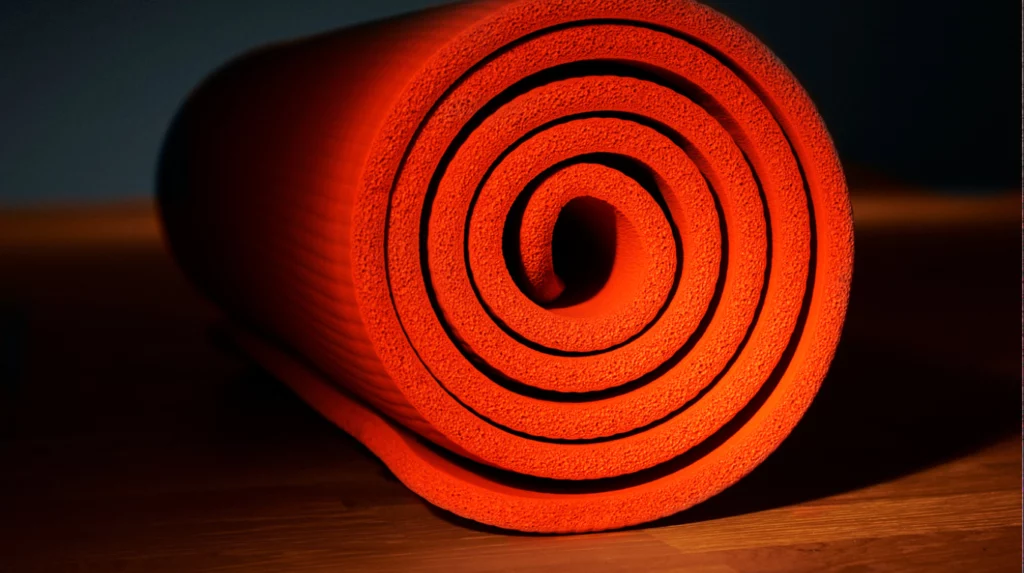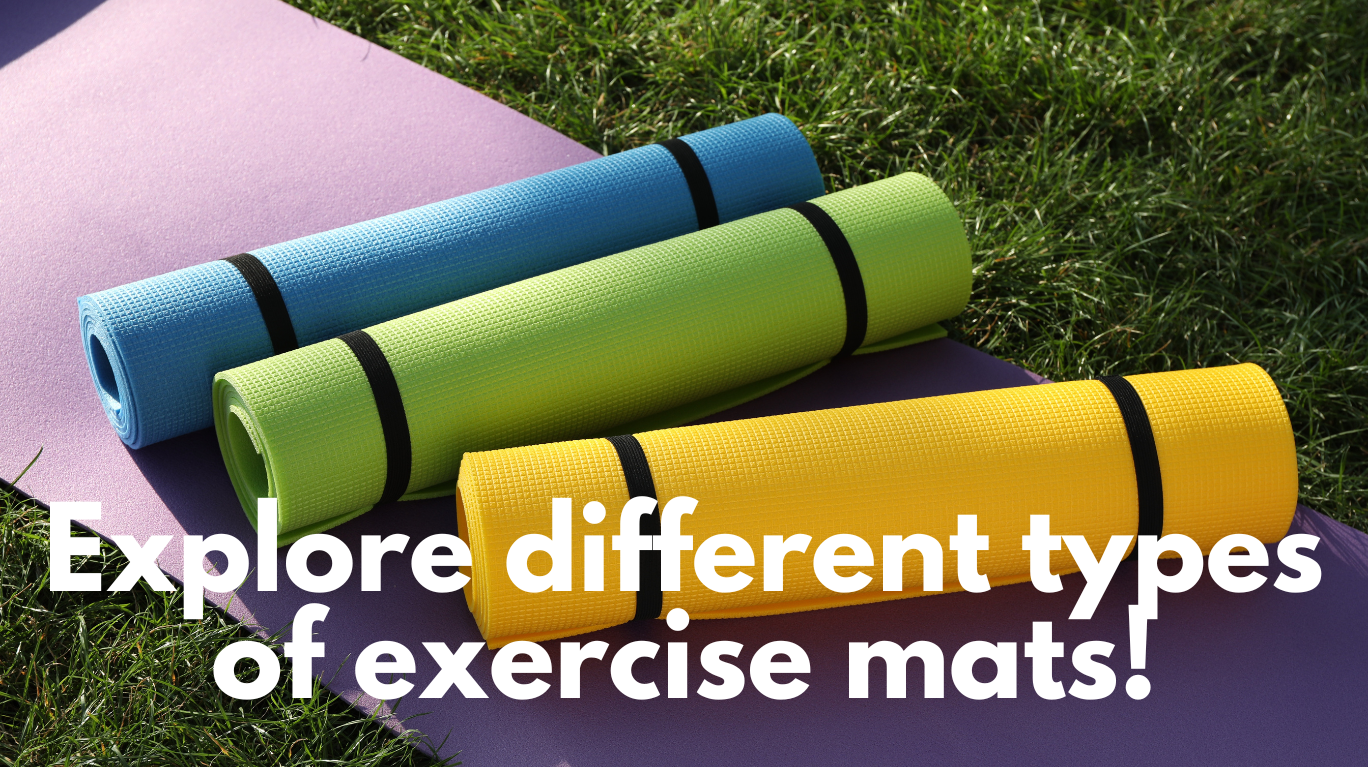If you’re looking for a way to improve your fitness, protect your joints, and enhance your comfort, you might want to invest in an exercise mat. However, not all exercise mats are created equal. There are different types of exercise mats for different purposes, and choosing the wrong one can lead to frustration, injury, or wasted money.
So how do you know which exercise mat is right for you? That’s what this blog post is all about. In this article, we’ll explore the different exercise mats available on the market, and help you discover the best one for your fitness goals. We’ll also share some tips on how to use and care for your mat, so you can enjoy it for a long time. Whether you love yoga, Pilates, aerobics, or strength training, there’s a mat for you.
Keep reading to learn more about the different types of exercise mats that can enhance your health and wellness.
9 Different Types of Exercise Mats
Exercise mats are essential accessories for any fitness enthusiast. They provide comfort, support, stability, and protection for your body and the floor during your workouts. They come in different types each designed to cater to specific exercise needs. Here we’re going to explore nine different types of exercise mats and delve into their features, benefits, and tips on using and caring for them.
1. Yoga Mat

A yoga mat is a synthetic or natural rubber rectangle, often seen beneath those practicing yoga. It serves as a cushioned, non-slip surface, lending a helping hand for maintaining balance during various yoga postures.
Benefits of Yoga Mat
Some of the benefits of a yoga mat are:
- It provides cushioning and insulation for your joints and muscles.
- It helps you maintain proper posture and alignment during yoga poses.
- It prevents injuries and infections from dirty or hard floors.
- It is easy to roll up, carry, and store.
Use & Care Tips for Yoga Mat
Handle a yoga mat with care; clean it regularly with a mild soap and water solution or a specialized yoga mat cleaner. Avoid exposing your yoga mat to direct sunlight and keep it in a cool, dry place.
2. Pilates Mat
Pilate mat, as the name suggests, is a specific mat used for Pilates, typically longer and thicker. It is made of closed-cell foam that provides more cushioning and support for your spine and core muscles. It is ideal for performing Pilate exercises that involve lying down, rolling, twisting, and lifting your legs.
Benefits of Pilates Mat
The key benefits of a Pilates mat include:
- It protects your spine and joints from pressure and impact.
- It enhances your core strength and stability during Pilate movements.
- It allows you to perform a wider range of Pilate exercises than on a regular mat.
- It is durable and easy to clean.
Use & Care Tips for Pilates Mat
Clean your Pilates mat regularly with a damp cloth or a mild detergent. Store your Pilates mat flat or rolled up in a dry place to preserve its longevity.
3. Fitness Mat
A fitness mat is a thick and large multipurpose mat generally for fitness routines and exercises. It is made of rubber, vinyl, or polyethylene foam, and has a smooth or ribbed surface that provides traction and stability. A fitness mat is ideal for performing exercises that involve jumping, running, lifting weights, or using equipment.
Benefits of Fitness Mat
Fitness mat benefits include:
- It absorbs shock and noise from high-impact exercises
- It prevents slipping and sliding during dynamic movements.
- It protects your floor from scratches and dents from equipment or shoes.
- It offers ample space for you to move around.
Use & Care Tips for Fitness Mat
Make sure to wipe your fitness mat down after each workout and store it properly to maintain its quality.
4. Interlocking Mats
Interlocking mats are modular mats that consist of multiple pieces that fit together like puzzle pieces. They are usually made of rubber, EVA foam, or PVC, and have interlocking edges that allow you to create custom-sized mats for any space. Interlocking mats are ideal for covering large areas or irregular shapes.
Benefits of Interlocking Mats
The following are some benefits of using interlocking mats:
- They provide flexibility and versatility for different spaces and purposes.
- They offer more coverage and protection than single-piece mats.
- They are easy to assemble, disassemble, and rearrange as needed.
- They are durable and resistant to wear and tear.
Use & Care Tips for Interlocking Mats
Regularly inspect the interlocking mats for wear and tear and clean them gently. Plus, store your interlocking mats flat or stacked in a dry place.
5. Floor Protector Exercise Mat
A floor protector exercise mat is a thin and rigid mat that is designed to protect your floor from damage. It is usually made of plastic, vinyl, or rubber, and has a smooth or textured surface that prevents scratches and marks. Floor protector exercise mat is ideal for placing under equipment, such as treadmills, bikes, or benches.
Benefits of Floor Protector Exercise Mat
A floor protector exercise mat has a number of benefits, including:
- It shields your floor from friction and impact from equipment.
- It reduces noise and vibration from equipment.
- It prevents dust and dirt from accumulating under equipment.
- It extends the life of your equipment by preventing overheating and moisture buildup.
Use & Care Tips for Floor Protector Exercise Mat
Clean your floor protector exercise mat regularly with a vacuum cleaner or a damp cloth. Avoid using sharp objects or heavy weights on your floor protector exercise mat, as they can puncture or crack it. Moreover, store your mat flat or rolled up in a cool place.
6. Thick Exercise Mat

A thick exercise mat is thicker than a standard mat and is designed to provide more cushioning and support for your body during exercises. It is typically used for strength training and other types of workouts that require extra padding.
Benefits of Thick Exercise Mat
The benefits of a thick exercise mat are:
- It provides cushioning and insulation for your body and the floor.
- It relieves pressure and pain in your back, hips, knees, and elbows.
- It enhances your relaxation and recovery during rest periods.
- It creates a cozy and inviting atmosphere for your workouts.
Use & Care Tips for Thick Exercise Mat
Clean your thick exercise mat regularly with a gentle wash cycle or a dry cleaning service. Avoid exposing your thick exercise mat to direct sunlight and store it flat or folded in a dry place.
7. Non-Slip Exercise Mat
A non-slip exercise mat is a grippy and sticky mat that is designed to prevent slipping and sliding. It is usually made of rubber, PVC, or TPE, and has a textured or patterned surface that provides traction and friction. A non-slip exercise mat is ideal for performing exercises that require balance and coordination.
Benefits of Non-Slip Exercise Mat
Some of the benefits of a non-slip exercise mat are:
- It improves your stability and safety during exercises.
- It enhances your performance and confidence during exercises.
- It prevents injuries and accidents from falling or losing balance.
- It is easy to clean and maintain.
Use & Care Tips for Non-Slip Exercise Mat
Clean your non-slip exercise mat regularly with a mild soap and water solution. Avoid using oils, lotions, or creams on your non-slip exercise mat, as they can reduce its grip and cause it to become slippery. Also, keep the mat dry and clean for sustained non-slipping properties.
8. Non-Toxic Exercise Mat
A non-toxic exercise mat is a safe and eco-friendly mat that is designed to avoid harmful chemicals and substances. It is usually made of natural or organic materials, such as cork, jute, hemp, or cotton, and has no synthetic coatings. A non-toxic exercise mat is ideal for people who have allergies, sensitivities, or environmental concerns.
Benefits of Non-Toxic Exercise Mat
Some of the benefits of a non-toxic exercise mat include:
- It protects your health and well-being from exposure to toxins and allergens.
- It supports your ethical and environmental values by reducing waste and pollution.
- It offers natural antibacterial and antifungal properties that prevent odors and infections.
- It has unique textures and colors that add aesthetic appeal to your workouts.
Use & Care for Non-Toxic Exercise Mat
Clean your non-toxic exercise mat regularly with a natural soap and water solution or vinegar and baking soda solution. Avoid using harsh chemicals or detergents on your non-toxic exercise mat, as they can damage the material and compromise its quality. Additionally, store it in a cool and dry place.
9. Eco-Friendly Exercise Mat
An eco-friendly exercise mat is a sustainable and biodegradable mat that is designed to minimize environmental impact. It is made of environmentally friendly materials and processes, reflecting a commitment to sustainability. An eco-friendly exercise mat is the best choice for people who care about the planet and its resources.
Benefits of Eco-Friendly Exercise Mat
A few of the benefits of an eco-friendly exercise mat are:
- It conserves energy and resources by using recycled or renewable materials.
- It reduces landfill and greenhouse gas emissions by decomposing naturally or being recycled again.
- It has a natural and organic feel and look that enhances your connection with nature.
Use & Care for Eco-Friendly Exercise Mat
Clean your eco-friendly exercise mat regularly with a mild soap and water solution. Moreover, store your eco-friendly exercise mat flat or roll it up in a dry place.
Conclusion
Exercise mats are more than just accessories. They are essential tools that can enhance your fitness experience and protect your health and environment. By choosing the right type of exercise mat for your needs and preferences, you can enjoy the benefits of comfort, support, stability, and protection during your workouts. Whether you prefer yoga, Pilates, fitness, or any other activity, there is an exercise mat that is perfect for you. So go ahead and discover the different types of exercise mats and find your match!
Common Queries
What type of mat is ideal for exercise?
There is no one type of mat that is ideal for all kinds of exercise. Different types of mats are designed for different purposes and preferences. Some common types of exercise mats are yoga mats, fitness mats, Pilate mats, etc. You can choose a mat based on the thickness, size, material, texture, and durability that suit your needs.
What distinguishes a fitness mat from a yoga mat?
A fitness mat is much thicker than a yoga mat since it’s intended for higher-impact exercises that require more cushioning and support. A fitness mat is also larger than a yoga mat, to provide more space for movements. A yoga mat is thinner and lighter than a fitness mat since it’s designed for lower-impact exercises that require more stability and balance.
Do you need a mat for exercise?
It depends on your exercise and surface. A mat can provide comfort, protection, hygiene, grip, and alignment. But some exercises or surfaces may not need a mat. You can also use alternatives like a towel, a blanket, or a carpet.
Why do exercise mats cost so much?
The cost of exercise mats can vary depending on the quality, size, material, and brand of the mat. Generally, exercise mats cost more than other types of mats because they are made with higher-quality materials that are durable, resilient, and easy to clean. Additionally, some exercise mats may have extra features or designs that add to their value.
What kind of exercise mats are used in the gym?
The kind of exercise mats used in the gym depends on the gym and the workout. Some gyms use professional fitness mats or rubber mats that are thick, large, and heavy-duty.

